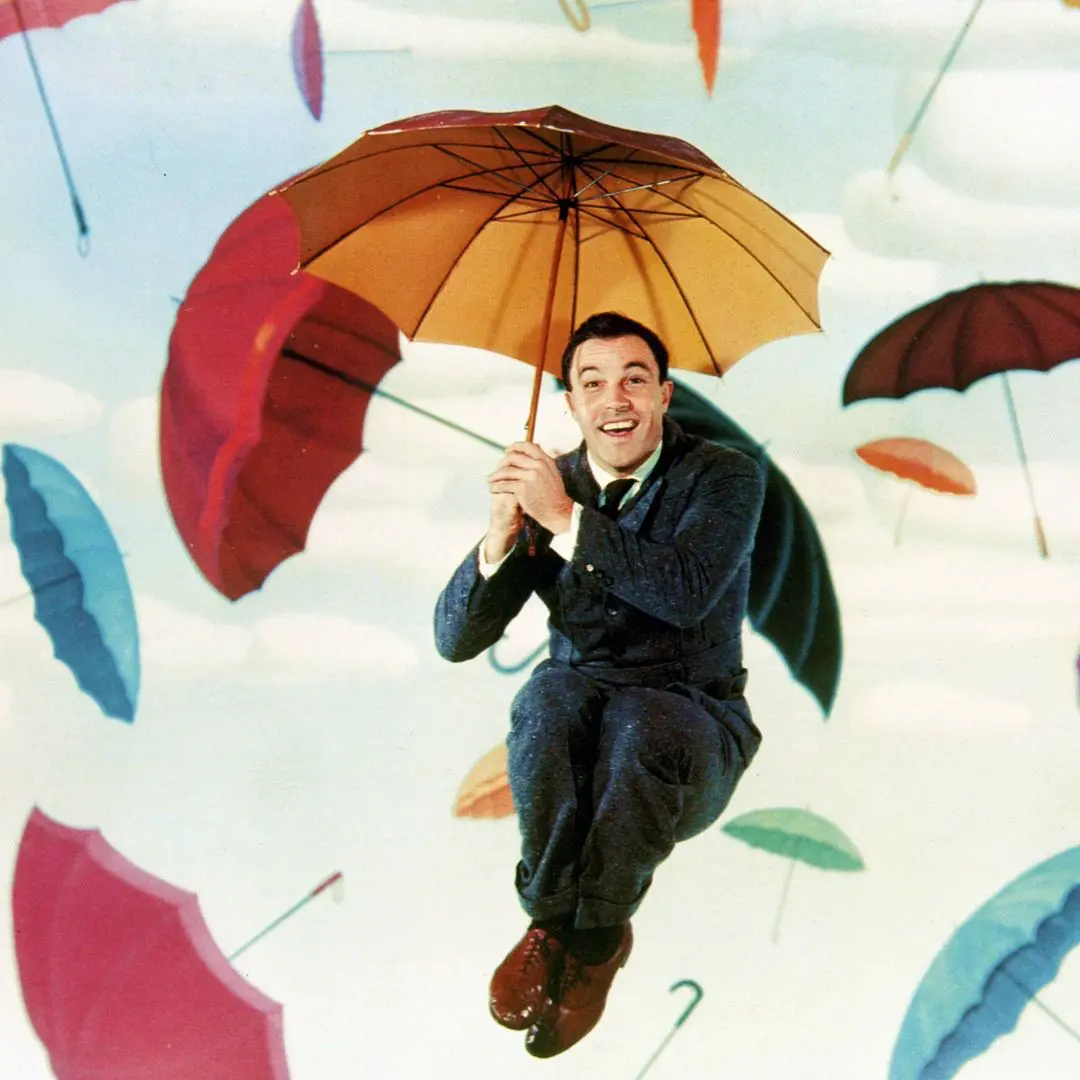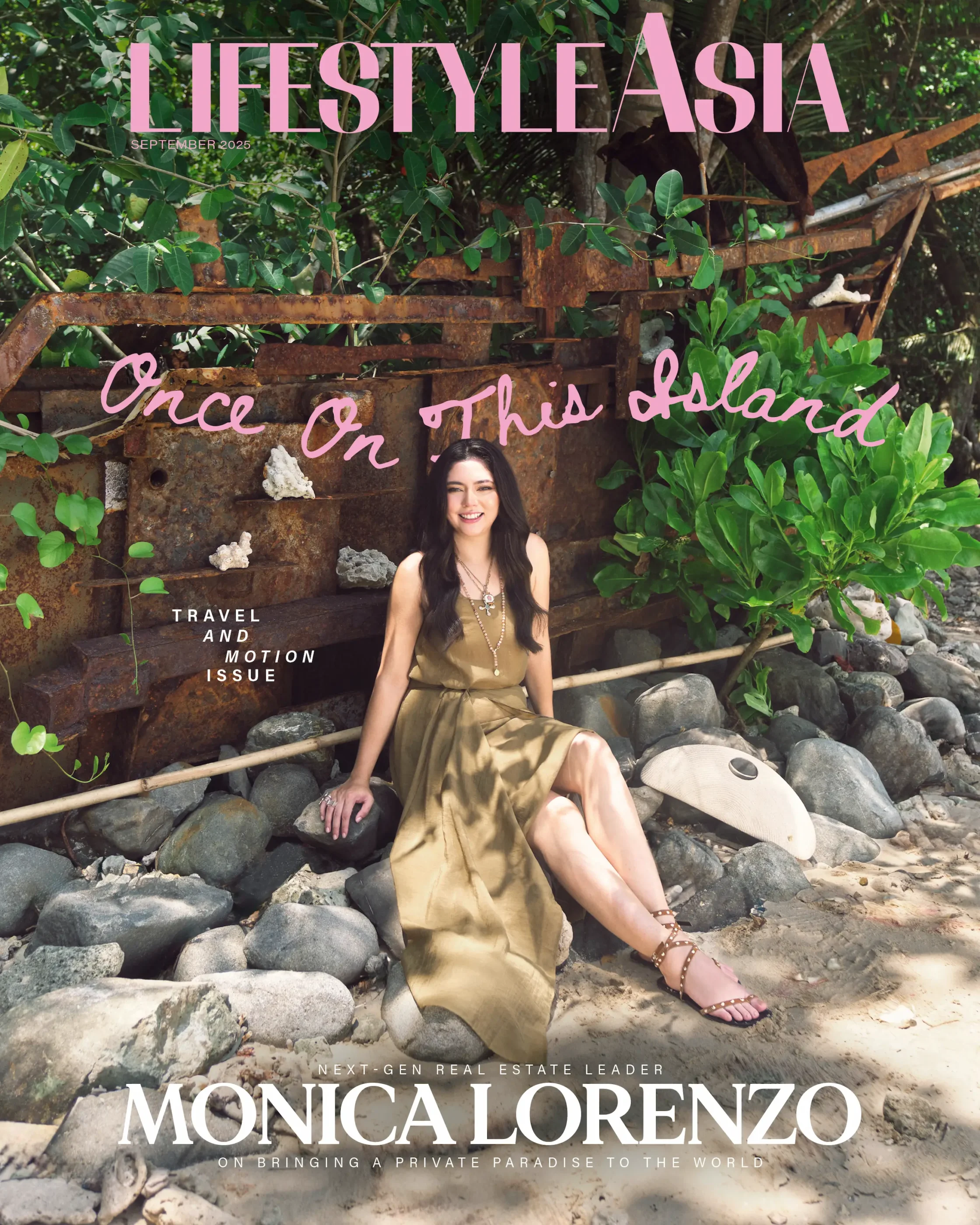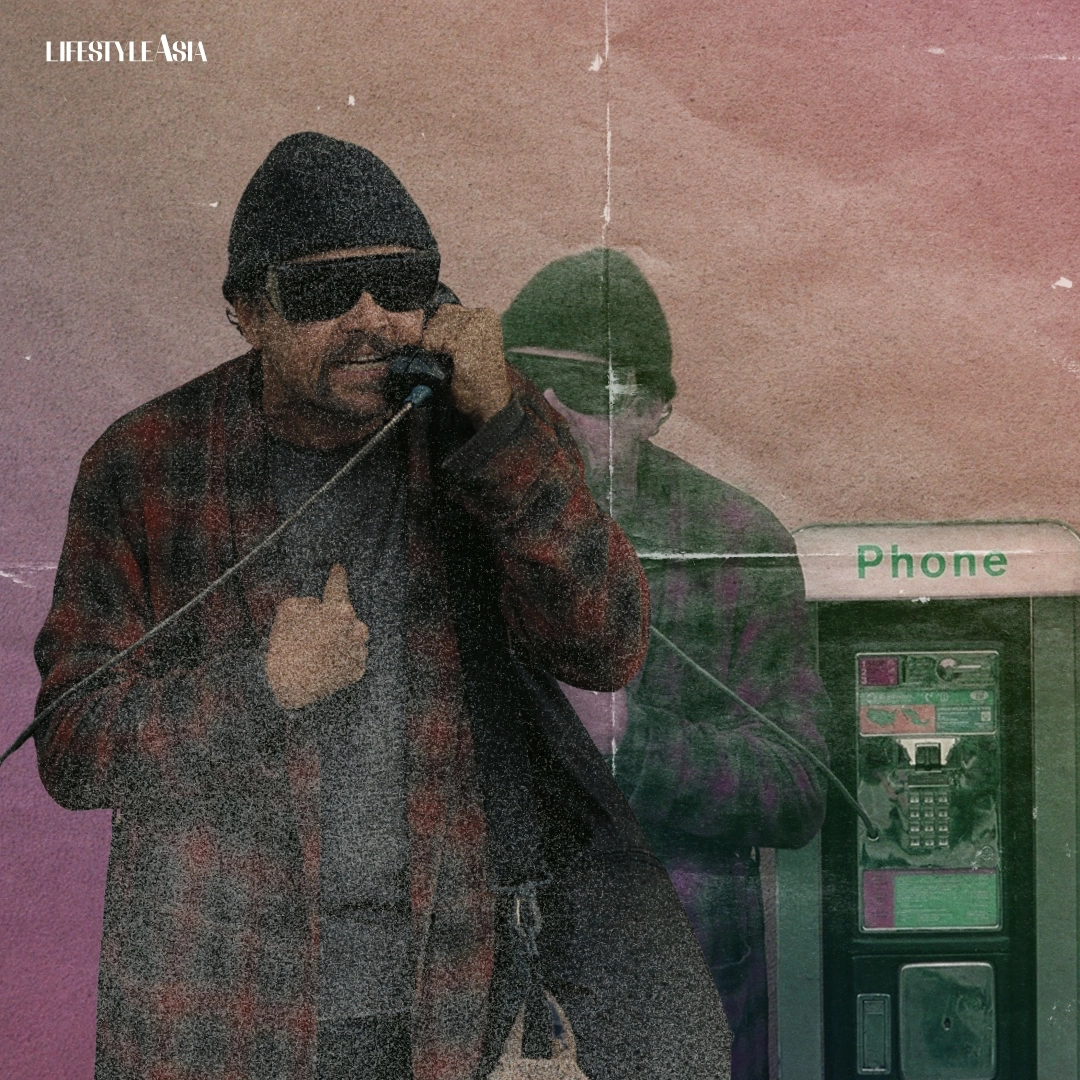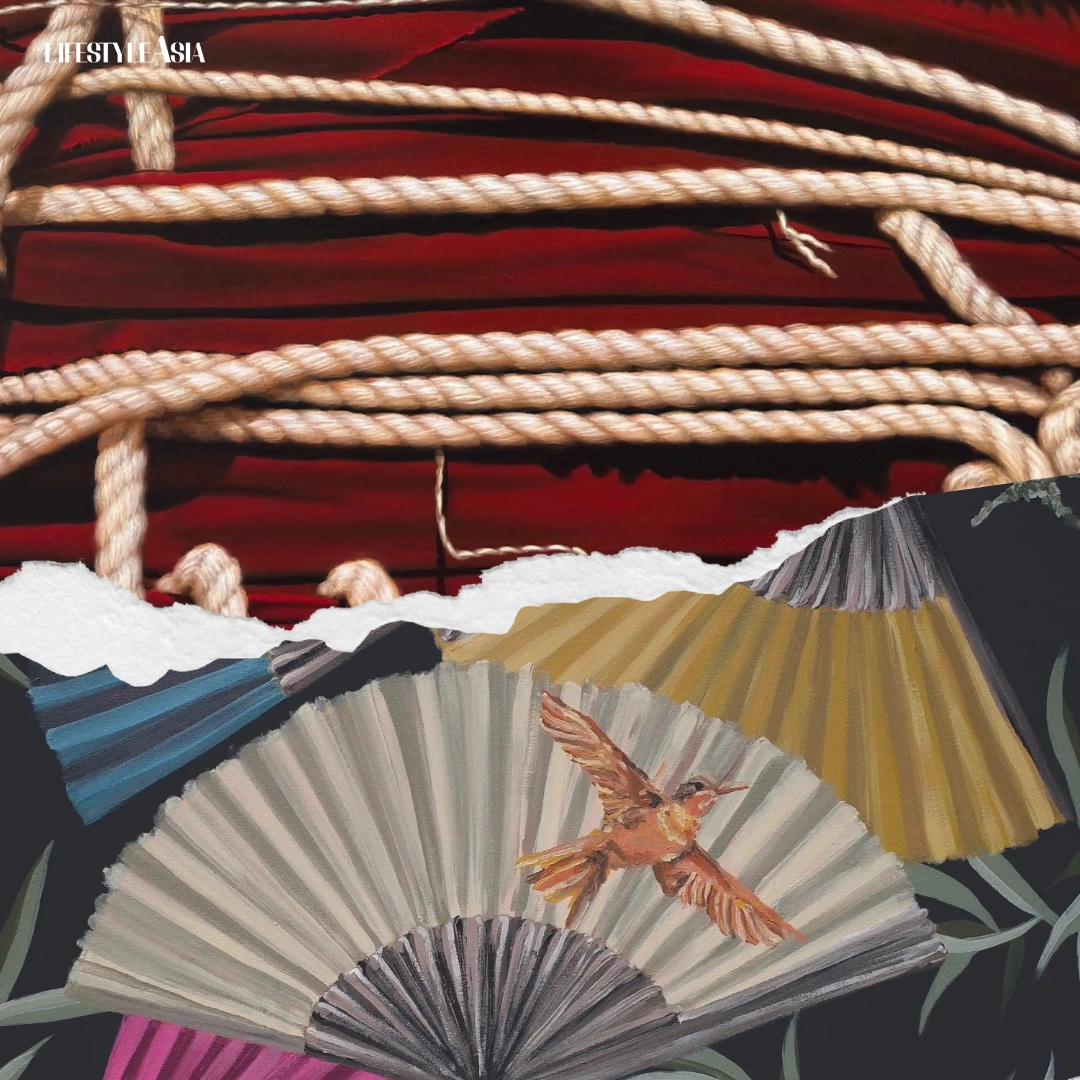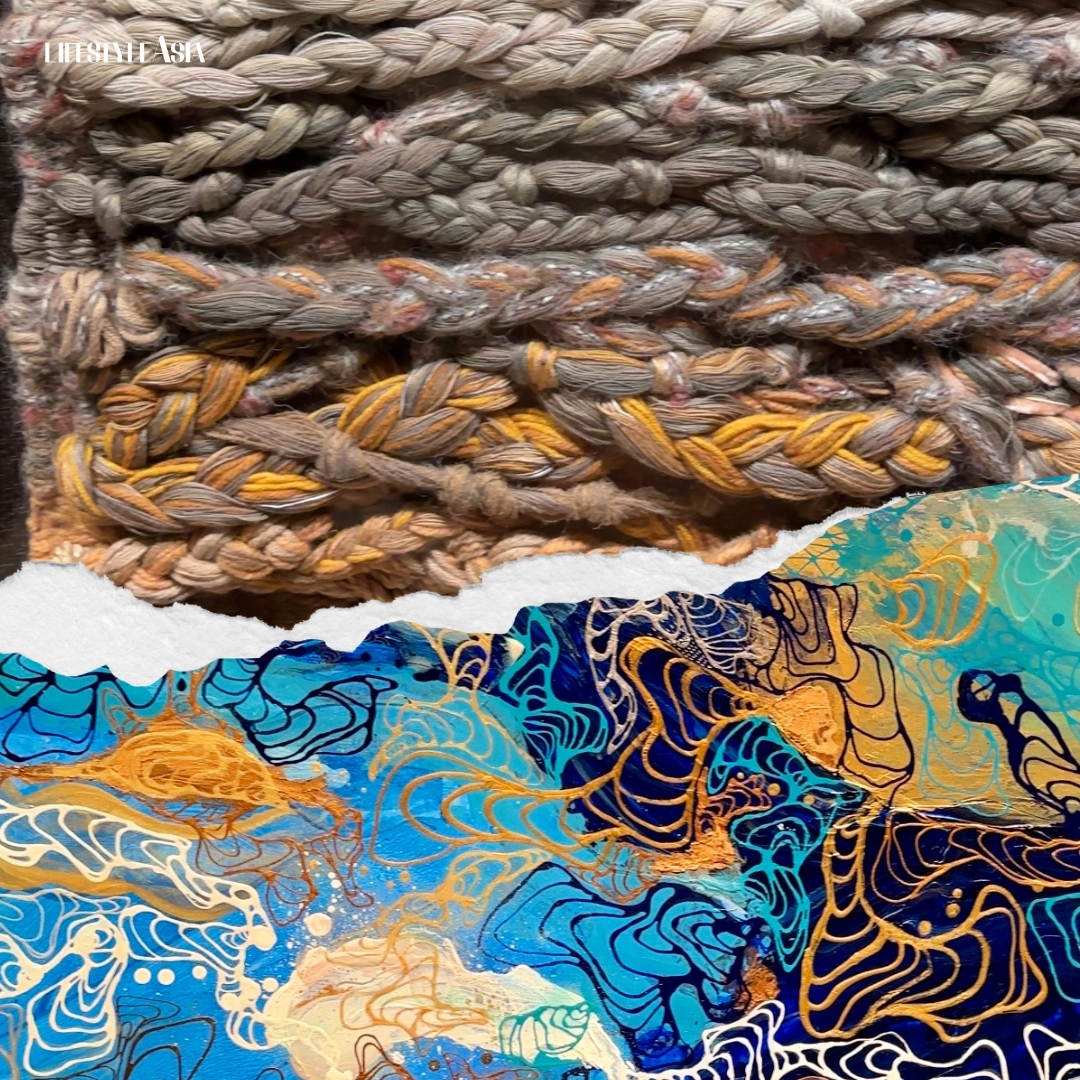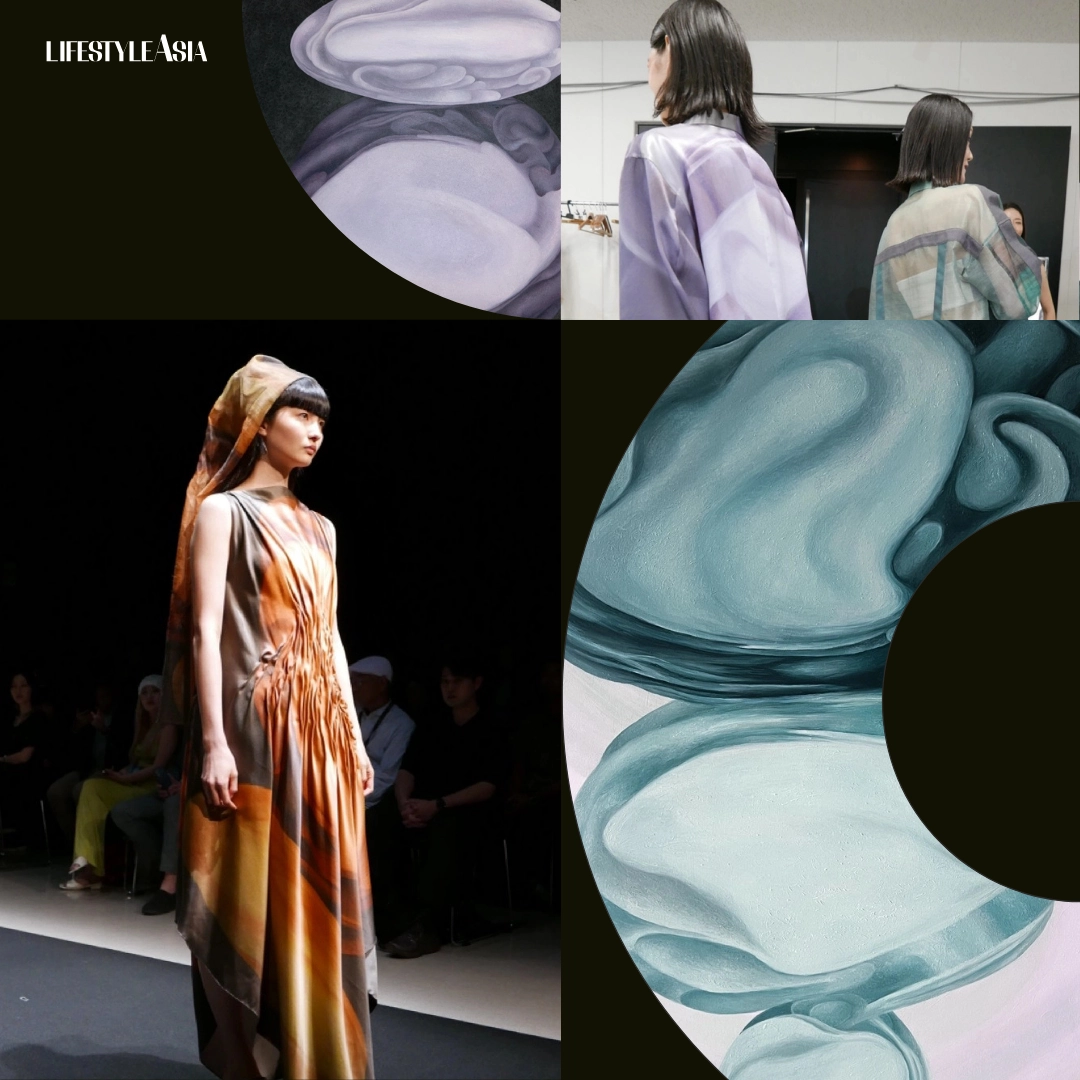Chase away the rainy season blues with this curated list of candy-colored films, guaranteed to warm your heart, lift your spirits, and, as Gene Kelly put it, leave you with that “glorious feelin’.”
Ahhh, the rainy season. It’s gloomy, it’s dark, and the traffic is never-ending. Sometimes, all you want to do is stay home, pop in a good movie, and disappear from the world. But what is there to watch? Another heavy drama that’ll leave you in tears? A superhero show that requires watching 15 other movies just to make sense of it? No, thank you. It’s time for things that lifts your spirits. Things that make you smile. Things to chase the rainy day blues away. Something candy-colored, something fun: and we’ve got just the thing. Here’s a curated list of films guaranteed to brighten even the dreariest rainy season day.
Singin’ in the Rain (1952)
How can you start a list of rainy season films without putting Singin’ in the Rain at the very top? The 1952 MGM Technicolor masterpiece may not have been Gene Kelly’s biggest hit within his lifetime, but its reputation has only grown stronger over the years. Today, it’s widely regarded as one of the greatest movie musicals ever made.
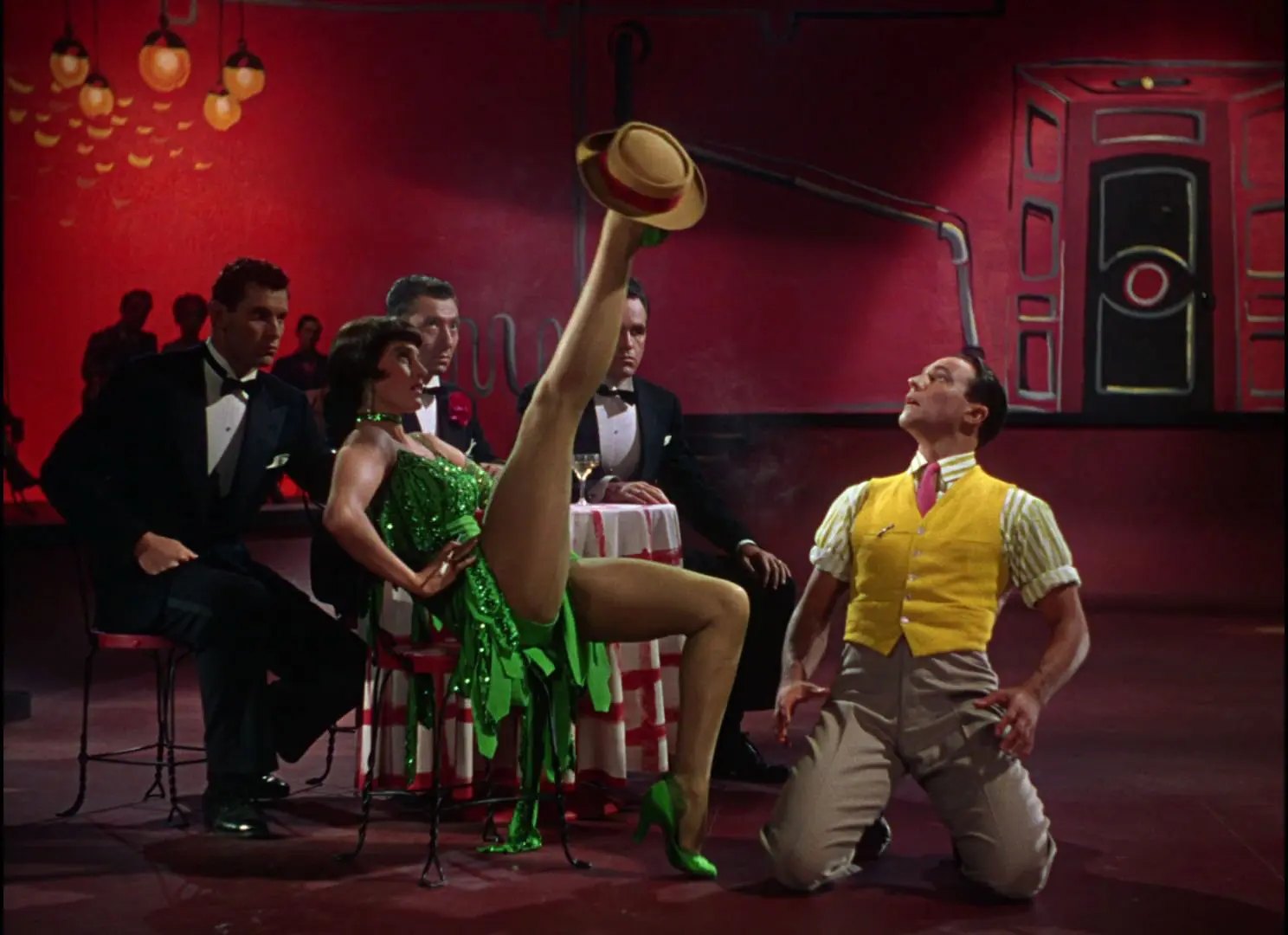
The film stars Kelly (who also co-directed alongside Stanley Donen) as Don Lockwood, a silent film star in 1927 Hollywood struggling to adapt to the arrival of “talkies” after the release of The Jazz Singer. Comedy ensues as the studio scrambles to adjust to the new technology, especially in trying to cover up the fact that Don’s costar, Lina Lamont (an Oscar-worthy Jean Hagen), has one of the worst speaking voices imaginable.
Don finds support in his best friend, musician Cosmo Brown (Donald O’Connor), and a rising young actress, Kathy Selden (Debbie Reynolds). The film is bursting with lush Technicolor cinematography, production and costume design emblematic of the Freed Unit movies, and dazzling musical numbers—including the iconic title song—that will leave you grinning from ear to ear. It’s a classic for a reason, and maybe the very best thing to watch when you’re feeling blue this rainy season.
READ ALSO: Romance In Technicolor: Five Films From The Golden Age Of Hollywood To Fall In Love With Again
Down with Love (2003)
Down with Love may be the least popular film on this list, but it’s absolutely one you have to see. This 1960s-set romantic comedy barely broke even at the box office, and critics were lukewarm upon its release. It was considered a rare early-career misstep for stars Ewan McGregor and Renée Zellweger, both fresh off the successes of Moulin Rouge! and Chicago, respectively. But with time, the film has undergone a well-deserved reappraisal. Today, many viewers and critics recognize it for what it truly is: a brilliant hidden gem.
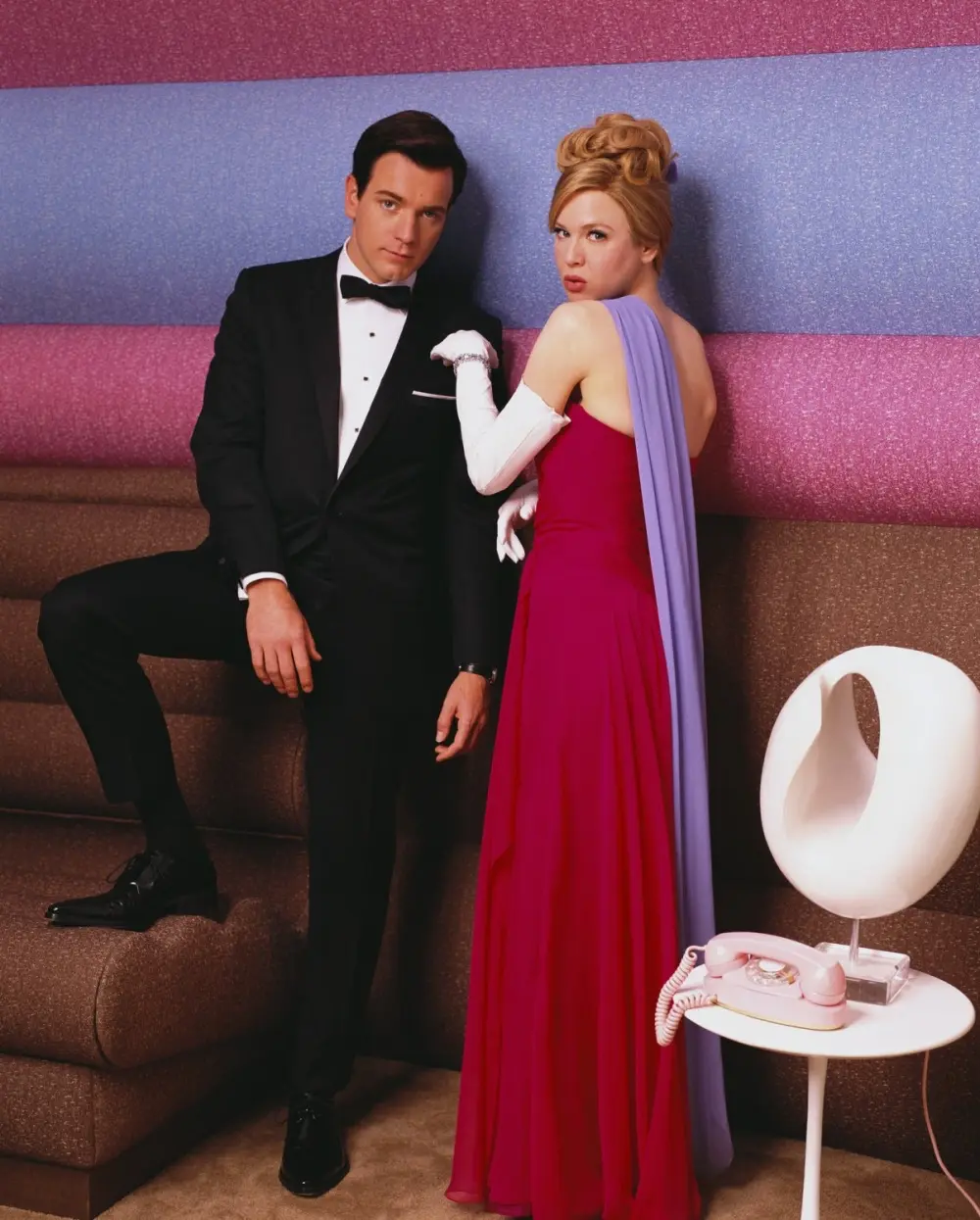
Director Peyton Reed delivers a sparkling homage to the candy-colored sex comedies of Doris Day and Rock Hudson with a film that’s equal parts parody and love letter. Zellweger plays Barbra Novak, a glamorous feminist who writes a hit book titled Down with Love, urging women to reject their dependence on men. When the book starts influencing women everywhere, men’s magazine writer and notorious playboy Catcher Block (McGregor) is determined to discredit her. Disguising himself as a sweet, bashful Texan astronaut named Zip Martin, he sets out to seduce her—and, of course, ends up falling in love.
The plot hits all the expected genre beats, but what makes Down with Love so special is its audacious style. With its Technicolor-inspired palette, split-screen visuals, and cheeky retro sensibility, the film doesn’t just reference the 1960s—it fully commits to feeling like it was made in the era. It’s a bold, playful experiment in cinematic nostalgia. And in our opinion, it totally succeeds.
The Grand Budapest Hotel (2014)
Any of Wes Anderson’s films could earn a spot on this list. He is, after all, the king of aesthetics: crafting ultra-specific, vibrant worlds that are unmistakably his, a true mark of a cinematic auteur. But if we had to single out just one, it would have to be what we consider his magnum opus: The Grand Budapest Hotel.
Ralph Fiennes, in a career-best performance, plays the flamboyant Monsieur Gustave, the devoted concierge of the Grand Budapest Hotel. When his wealthy lover dies and leaves him a priceless painting, chaos ensues: her heirs are furious, and Gustave, along with his lovable sidekick, the lobby boy Zero (played by Tony Revolori), is swept into a madcap adventure across a fictional Eastern European landscape.
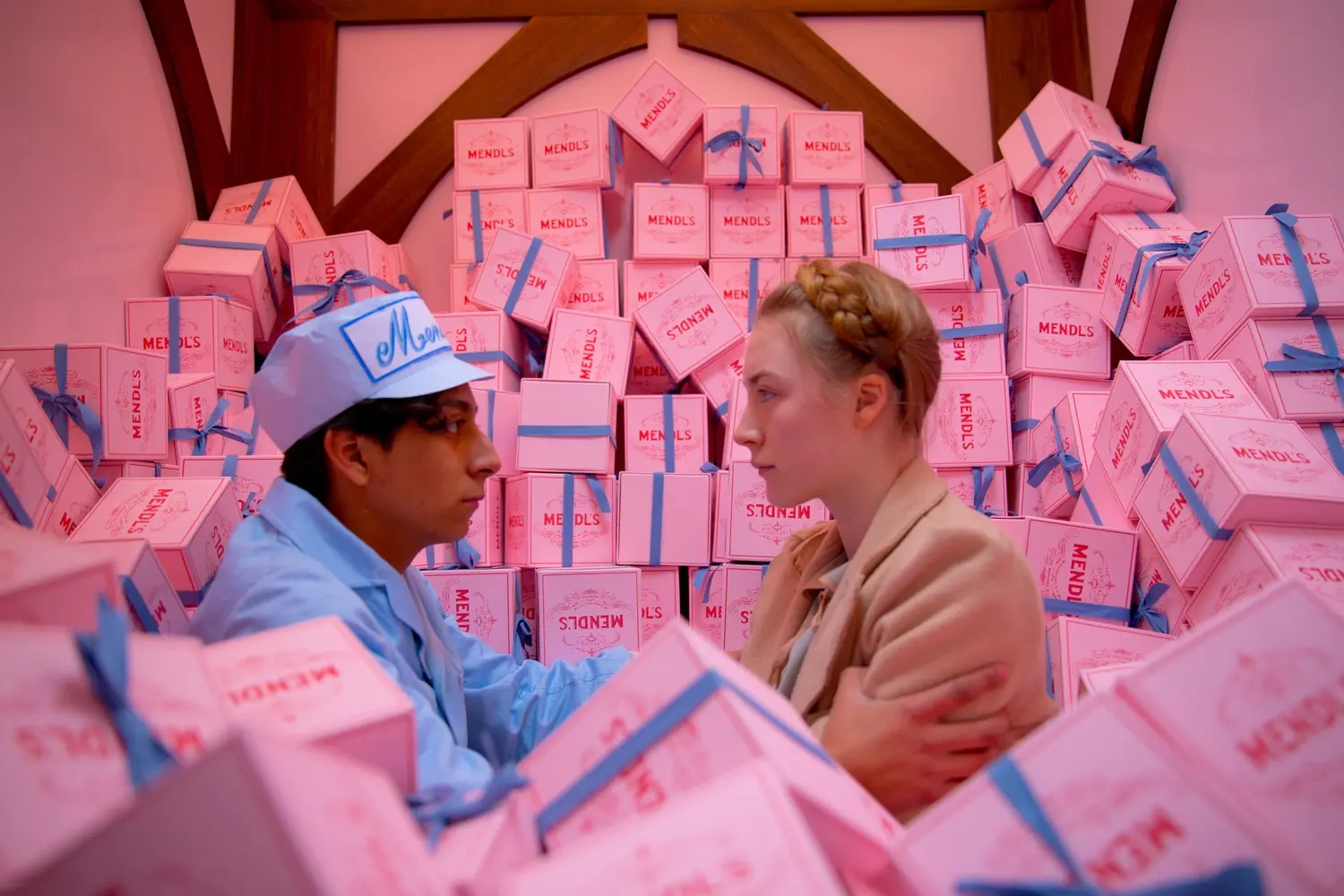
By the time The Grand Budapest Hotel was released in 2014, Anderson had already made a name for himself with acclaimed works like The Royal Tenenbaums and Moonrise Kingdom. But this film brought him to a new level of recognition. It became his highest-grossing movie and his biggest hit with Oscar voters, winning four Academy Awards out of nine nominations.
And it’s easy to see why. The film is not only a technical marvel, it’s also touching, funny, and quietly heartbreaking. It’s the kind of movie that delights the eyes and lifts the spirit, and one that will continue to charm audiences for years to come.
The Young Girls of Rochefort (1967)
No one did “candy-colored” cinema in the 1960s international film scene quite like Jacques Demy. The French auteur pushed boundaries and brought movie musicals into the modern era while preserving the charm and sentimentality of the classic MGM films he so dearly loved. In 1964, his breakthrough film The Umbrellas of Cherbourg stunned audiences: a melodrama sung from beginning to end, it was infused with the poetic realism of the French New Wave, offering a heartbreaking tale of young lovers separated by circumstance in a small French town.
Several years after that landmark piece, Demy released The Young Girls of Rochefort. As the filmmaker himself put it: Umbrellas was made to make people cry, while Rochefort was made to make people dance. And oh, how he succeeds. The film opens with a dazzling musical number as a traveling sales crew arrives in the seaside town of Rochefort for a weekend that soon blossoms into a tangle of romantic possibilities.
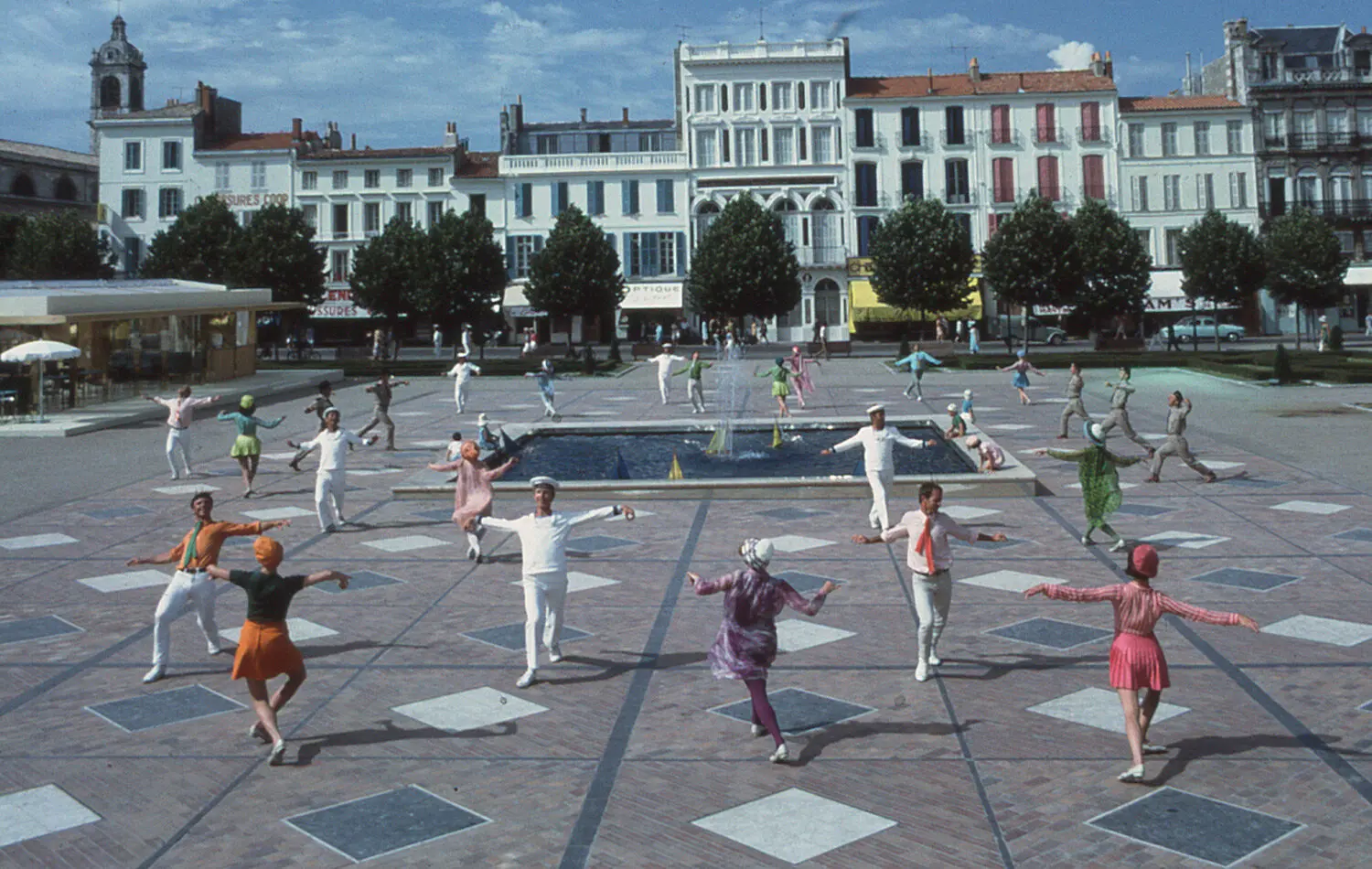
The ensemble cast of characters includes a pair of twin sisters dreaming of making it big in Paris, their wistful and love-weary mother, a charming young sailor searching for his ideal match, two roadshow salesmen looking for fun, an instrument shopkeeper quietly in love with one of the twins—and, as if summoned by destiny itself, Mr. Song and Dance Man Gene Kelly, playing an American visiting Rochefort.
Their interconnected stories explore themes of love, timing, and fate, all orchestrated by Demy’s masterful directorial hand. It’s soulful and sincere, yet never heavy. With radiant pastel aesthetics, buoyant choreography, and joyful music by Michel Legrand, The Young Girls of Rochefort is a cinematic high, one that will leave you grinning long after the final frame.
READ ALSO: Jaws At 50: The Story Behind Steven Spielberg’s Landmark Masterpiece
Amélie (2001)
When Jean-Pierre Jeunet’s Amélie was released in 2001, it took the world by storm. Its whimsical visual style, inventive editing, and good-natured heroine struck a chord with audiences around the globe, quickly cementing its place as one of the most iconic and beloved French films of all time. Its influence radiated throughout cinema in the 2000s, with many filmmakers adopting its aesthetic as a new standard in visual storytelling—thanks to Bruno Delbonnel’s candy-colored cinematography and Jeunet’s dreamlike vision.
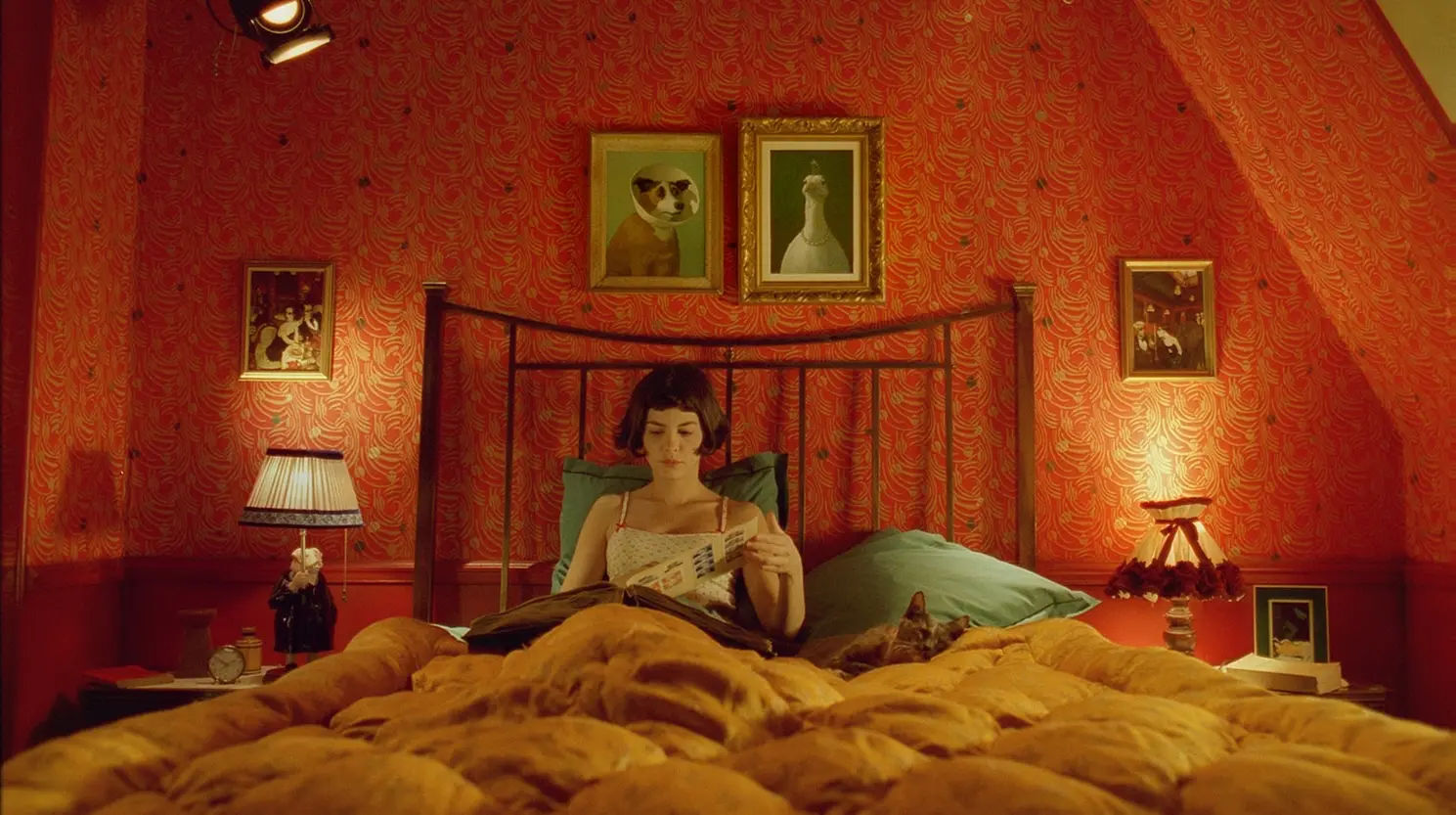
So, what makes the film a great rainy season watch? Well, beyond its vibrant imagery, you simply feel good while watching it. Audrey Tautou stars as the charming Amélie, a shy Parisian waitress who devotes her life to performing small, secret acts of kindness: quietly making others happy while retreating into her own whimsical inner world. That’s really the plot. Nothing more, nothing less. But Tautou’s radiant performance and Jeunet’s enchanting direction elevate the film, turning her little adventures into a moving celebration of kindness, connection, and the quiet beauty of doing good. An iconic film that everyone should see at least once, Amélie is poetic, uplifting, and visually delicious—the kind of movie that adds a bright light to any rainy day.
Willy Wonka & the Chocolate Factory (1971)
When you’re down with the rainy season blues, trust us, nothing will get you smiling faster than the opening sequence of Willy Wonka & the Chocolate Factory. As the lush musical score swells, you’re treated to the sight of buckets upon buckets of chocolate being poured, stirred, and transformed into delicious confections. It’ll make your heart soar with nostalgia, and your stomach rumble with cravings as well.
There have been numerous adaptations and spin-offs of Roald Dahl’s beloved children’s novel Charlie and the Chocolate Factory (including Tim Burton’s infamous 2005 remake), but nothing quite compares to the 1971 original. The title was slightly altered by the studio for marketing reasons, but the magic remains intact thanks in large part to the unforgettable Gene Wilder, who plays the whimsical chocolatier in search of an heir to take over his fantastical candy empire.
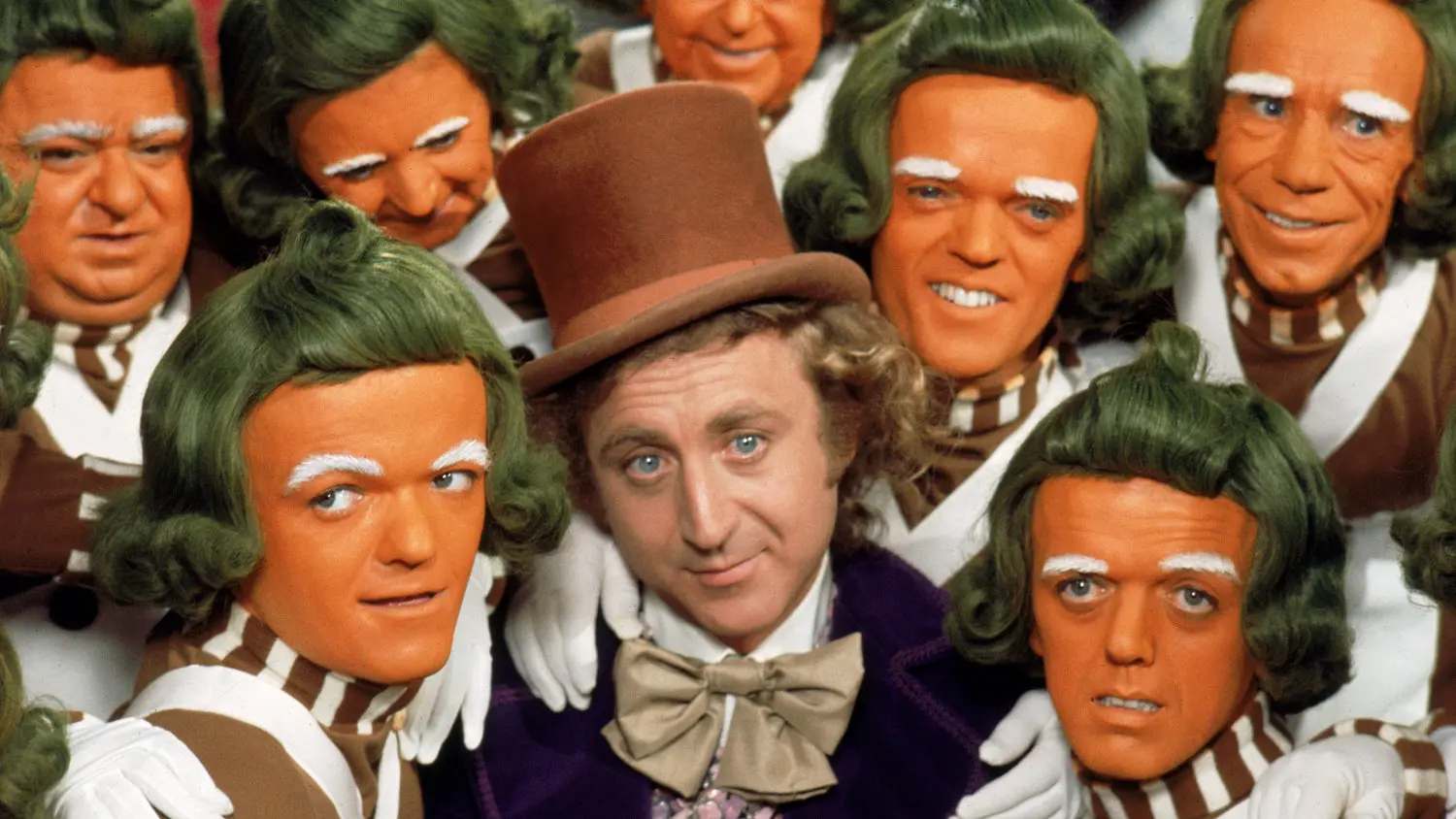
Peter Ostrum, in his only film role, plays Charlie Bucket, the kind-hearted boy who finds a golden ticket and is invited, along with a motley group of children, into Wonka’s mysterious factory. What begins as a magical tour eventually reveals itself to be something more: a secret audition to determine which child is truly worthy of inheriting Wonka’s world.
Bursting with iconic musical numbers, like “Pure Imagination” and the “Oompa Loompa” songs, and filled with eye-popping visuals, Willy Wonka & the Chocolate Factory is the ultimate comfort watch during the rainy season. It’s a nostalgic treat, a timeless parable about goodness and gratitude, and a gentle reminder that character matters more than charm.
All photos courtesy of Kinorium.com
Banner photo courtesy of Oscars.org
